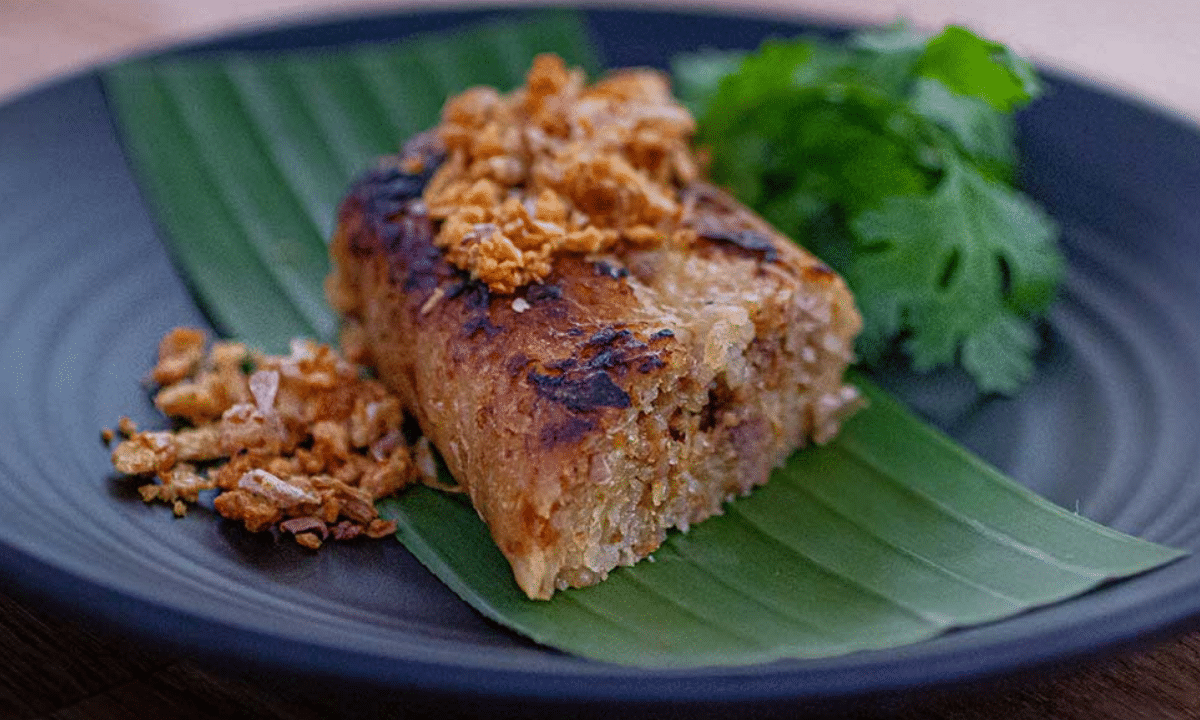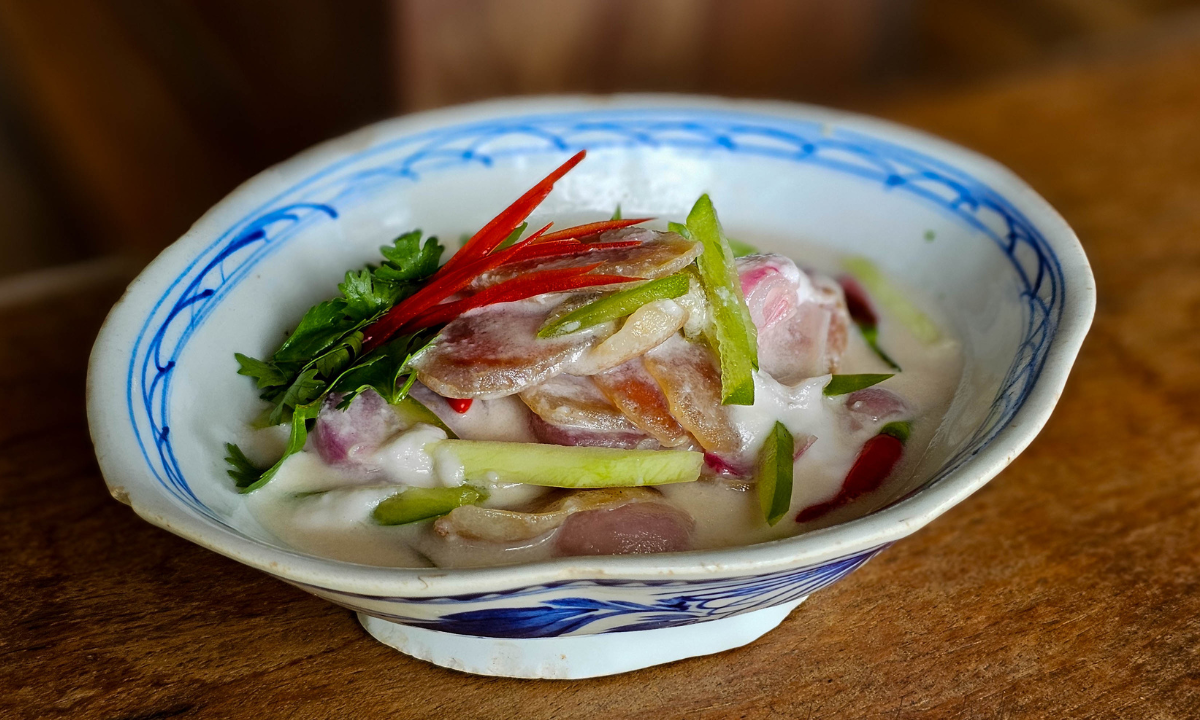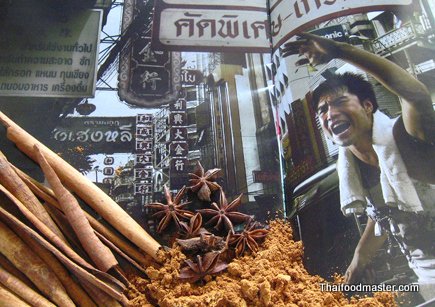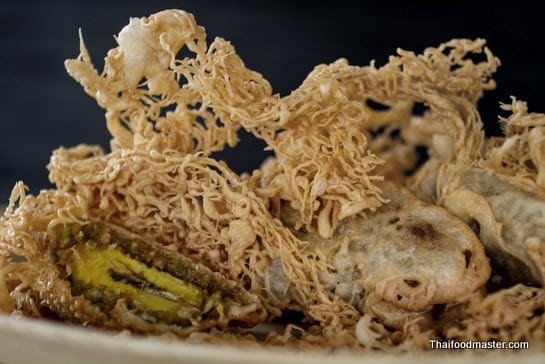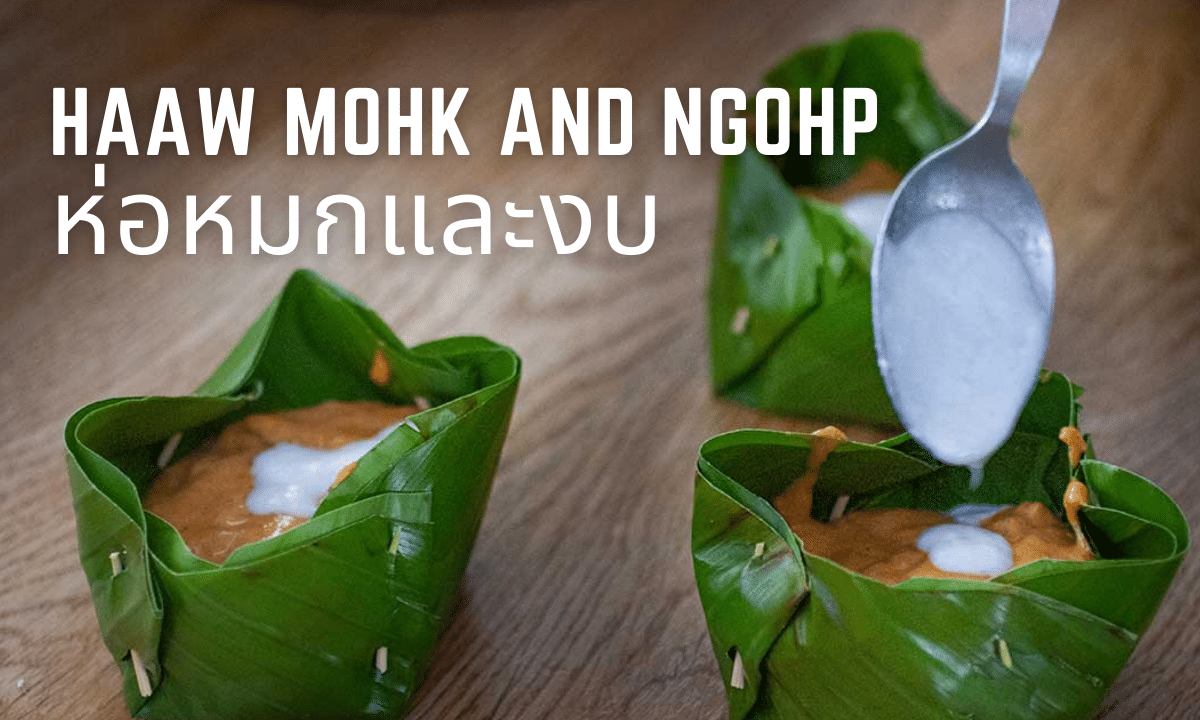
Schinus terebinthifolia is a species of flowering plant in the cashew family, Anacardiaceae, that is native to subtropical and tropical South America. Common names include Brazilian peppertree, aroeira, rose pepper, broadleaved pepper tree, wilelaiki (or wililaiki), Christmasberry tree and Florida holly. The species name has been very commonly misspelled as ‘terebinthifolius’. [1]Wikipedia
Brazilian peppertree is a sprawling shrub or small tree, with a shallow root system, reaching a height of 7–10 m. The branches can be upright, reclining, or nearly vine-like, all on the same plant. Its plastic morphology allows it to thrive in all kinds of ecosystems: From dunes to swamps, where it grows as a semi-aquatic plant. The leaves are alternate, 10–22 cm long, pinnately compound with (3–) 5–152 leaflets; the leaflets are roughly oval (lanceolate to elliptical), 3–6 cm long and 2–3.5 cm broad, and have finely toothed margins, an acute to rounded apex and yellowish veins. The leaf rachis between the leaflets is usually (but not invariably) slightly winged. The plant is dioecious, with small white flowers borne profusely in axillary clusters. The fruit is a drupe 4–5 mm diameter, carried in dense clusters of hundreds. [2]Wikipedia
Brazilian pepper is widely grown as an ornamental plant in frost-free regions of South America for its foliage and fruit. In its native habitat it is a melliferous flower and is the main source of food for the stingless bee Tetragonisca angustula, which is an important honey producer in central America. [3]Wikipedia
Although it is not a true pepper (Piper), its dried drupes are often sold as pink peppercorns, as are the fruits from the related species Schinus molle (Peruvian peppertree). The seeds can be used as a spice, adding a pepper-like taste to food. They are usually sold in a dry state and have a bright pink color. They are less often sold pickled in brine, where they have a dull, almost green hue. [4]Wikipedia
Planted originally as an ornamental outside of its native range, Brazilian pepper has become widespread and is considered an invasive species in many subtropical regions with moderate to high rainfall, including parts or all of Australia, the Bahamas, Bermuda, southern China, Cuba, Fiji, French Polynesia, Guam, Hawaii, Malta, the Marshall Islands, Mauritius, New Caledonia, New Zealand, Norfolk Island, Puerto Rico, Réunion, South Africa and the United States. In drier areas, such as Israel and southern California, it is also grown, but has not generally proven invasive. In California, it is considered invasive in coastal regions by the California Invasive Plant Council. [5]Wikipedia
Brazilian pepper is hard to control because it produces basal shoots if the trunk is cut. Trees also produce abundant seeds that are dispersed by birds and ants. This same hardiness makes the tree highly useful for reforestation in its native environment, but enables it to become invasive outside of its natural range. [6]Wikipedia
Toxicity
Like many other species in the family Anacardiaceae, Brazilian pepper has an aromatic sap that can cause skin reactions (similar to poison ivy burns) in some sensitive people – although the reaction is usually weaker than that induced by touch of the closely related Lithraea molleoides, known in Brazil as “wild” aroeira (aroeira brava). Conversely, Schinus terebinthifolia is commonly known as “tame” aroeira (aroeira mansa). [7]Wikipedia
In a paper on triterpenes, the ingested fruits are noted to have a “paralyzing effect” on birds. The narcotic and toxic effects on birds and other wildlife has also been noted by others, e.g., Bureau of Aquatic Plant Management. The AMA Handbook of Poisonous and Injurious Plants reports that the triterpenes found in the fruits can result in irritation of the throat, gastroenteritis, diarrhea, and vomiting. Like most other members of the Anacardiaceae, Brazilian pepper contains active alkenyl phenols, e.g., urushiol, cardol, which can cause contact dermatitis and inflammation in sensitive individuals. Contact with the “sap” from a cut or bruised tree can result in rash, lesions, oozing sores, severe itching, welts and reddening and swelling (especially of the eyes). [8]Wikipedia
The burning of plant matter releases many airborne irritants, so it is not an effective means of control. It is said to have a “mace-like” effect upon nearby people and is highly advised against. [9]Wikipedia
History
Also known as “Florida holly”, Schinus terebinthifolia was introduced to Florida by at latest 1891, probably earlier, where it has spread rapidly since about 1940, replacing native plants, like mangroves, with thousands of acres occupied. It is especially adept at colonizing disturbed sites and can grow in both wet and dry conditions. Its growth habit allows it to climb over understory trees and invade mature canopies, forming thickets that choke out most other plants. [10]Wikipedia
The information on this website has been compiled from reliable sources, such as reference works on medicinal plants. It is not a substitute for medical advice or treatment and Thaifoodmaster does not purport to provide any medical advice.
References



